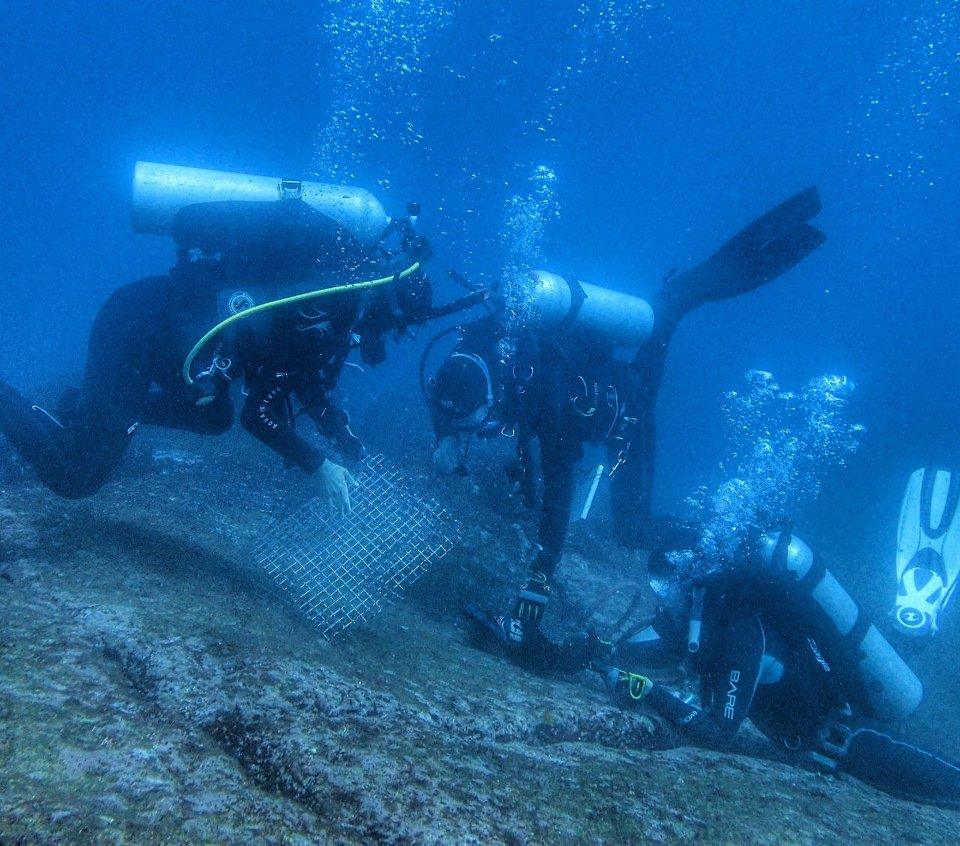 According to the team, extreme ocean warming during the 2015-16 El Niño event led to a novel wild fish disease that appeared at the peak of, and disappeared along with, the 2015-16 El Niño event. The team writes:
According to the team, extreme ocean warming during the 2015-16 El Niño event led to a novel wild fish disease that appeared at the peak of, and disappeared along with, the 2015-16 El Niño event. The team writes:
In marine ecosystems, increased greenhouse gases are altering both ocean chemistry and circulation... The combination of enhanced radiative forcing and altered circulation can also exacerbate natural phenomena such as the El Niño-Southern Oscillation (ENSO), increasing the frequency of extreme climate events... Extreme events such as El Niño pose one of the largest global threats to ocean ecosystem health, and there is growing concern regarding how climate change will foster the spread of disease.
Lamb and colleagues surveyed fish throughout the region and identified 18 different species with symptoms such as ulcerative skin lesions, damaged fins, mouths, and eyes, and behavior alterations. The team's research showed that affected fish populations declined by up to 86%.
The authors write:
To our knowledge this is the first study to evaluate the impact of warming oceans on a disease outbreak in wild finfish and can serve as an indicator of the potential devastating impacts of climate change on wild fish populations.
The research, which was supported in large part by the Institute, can be accessed online at Scientific Reports, or via the attached PDF.